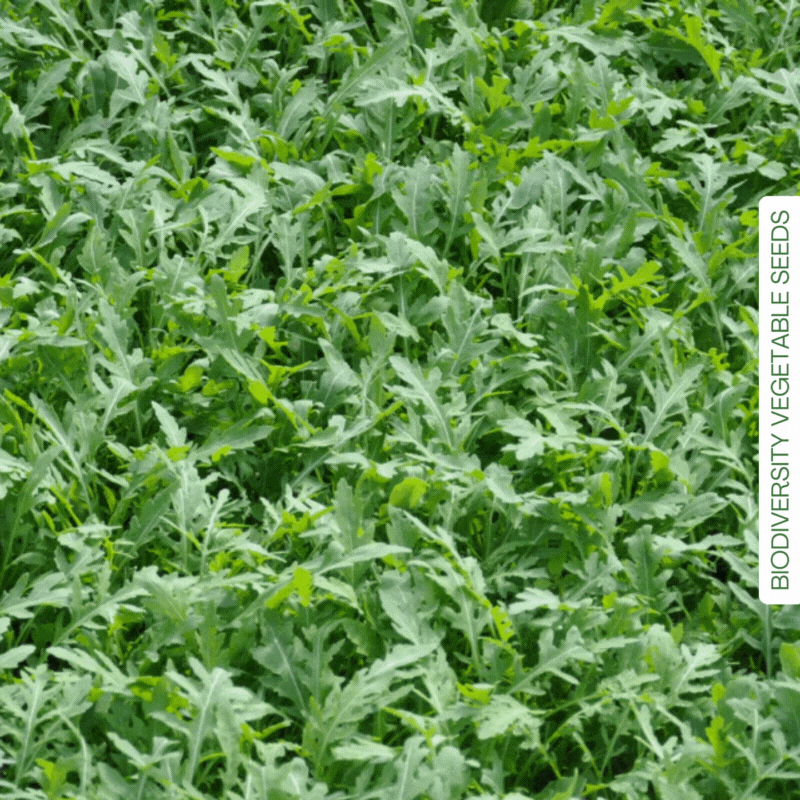PROCEDURE FOR FORCING RADICCHIO DI TREVISO TARDIVO SMARTIES.BIO
Guide dedicated to how to force Radicchio di Treviso Tardivo, a fascinating and refined method for producing one of the most prized vegetables in Italian cuisine. Radicchio di Treviso Tardivo is renowned for its red, crunchy leaves, slightly bitter taste, and unique texture that make it an exclusive ingredient in many gourmet recipes.
Forcing is a technique that enhances and amplifies the organoleptic characteristics of radicchio, bringing out its vibrant color and distinctive flavor. This process involves altering the growing conditions of the plants to achieve a radicchio with a more compact form and a more intense flavor, typical of late varieties.
In this guide, we will walk you through the complete procedure of forcing Treviso tardivo radicchio, from preparing the plants and forcing structures to managing the environmental conditions necessary for excellent results. With detailed advice and clear steps, we will provide you with the essential knowledge to master this art and produce a high-quality finished product.
Whether you are a gardener enthusiast or simply curious about the professional techniques used to enhance this prized vegetable, this guide will offer you all the information you need to elevate the forcing of Radicchio di Treviso Tardivo to a professional level.
Our range
- Approximately 100 days to maturity for the Botteniga variety.
- Approximately 130 days to maturity for the Cagnani variety.
- Approximately 150 days to maturity for the San Benedetto variety.
Radicchio is harvested and grouped into bunches of about 10 plants. Usually harvesting takes place during the cold period of the year, as the low temperatures improve the organoleptic characteristics of the radicchio and accentuate its bright red color. The root is retained together with the core of the plant, while the outern leaves are removed.
Fields in production
Harvested head ready for forcing
Once harvested, radicchio can thus be cold stored for a short time.
Forcing
Radicchio harvested in bunches is placed upright on water tanks that cover it from root to neck, without wetting the leaves. The water, at a temperature of 15/16°, must be changed daily, unless forcing takes place in areas with automatically changing spring water. The tanks should be kept in the dark; if necessary, a cover can be put on with a black plastic tunnel. It is possible to use Witlof's suitable forcing chambers.
After about 12 to 15 days, once new leaves have grown, the radicchio is ready for cleaning, so the outern leaves are removed and the root is pealed, leaving a 5 to 7 cm piece. Consequently, the radicchio should be soaked in water to refresh and clean it and then it is ready for packing. The radicchio thus processed can be eaten either raw in salads, with fish, or even baked, as it has acquired a very pleasant bittersweet flavor.
Heads ready for cleaning
Heads ready for market
Botteniga. super early variety within its type. To be harvested in mid October in Northern Italy, and at the end of the summer in the mountains. Marketable after forcing in water.
Botteniga. super early variety within its type. To be harvested in mid October in Northern Italy, and at the end of the summer in the mountains. Marketable after forcing in water.
Cagnani. Medium late variety for winter production in Northern Italy. Perfect to get produce by Christmas. Marketable after forcing in water.
Cagnani. Medium late variety for winter production in Northern Italy. Perfect to get produce by Christmas. Marketable after forcing in water.
San Benedetto. Late-cycle variety to be harvested throughout the month of January in the Northern Italy. Very good frost tolerance. Characterized by an deep red color and white veins. It requires forcing and bleaching process.
San Benedetto. Late-cycle variety to be harvested throughout the month of January in the Northern Italy. Very good frost tolerance. Characterized by an deep red color and white veins. It requires forcing and bleaching process.













